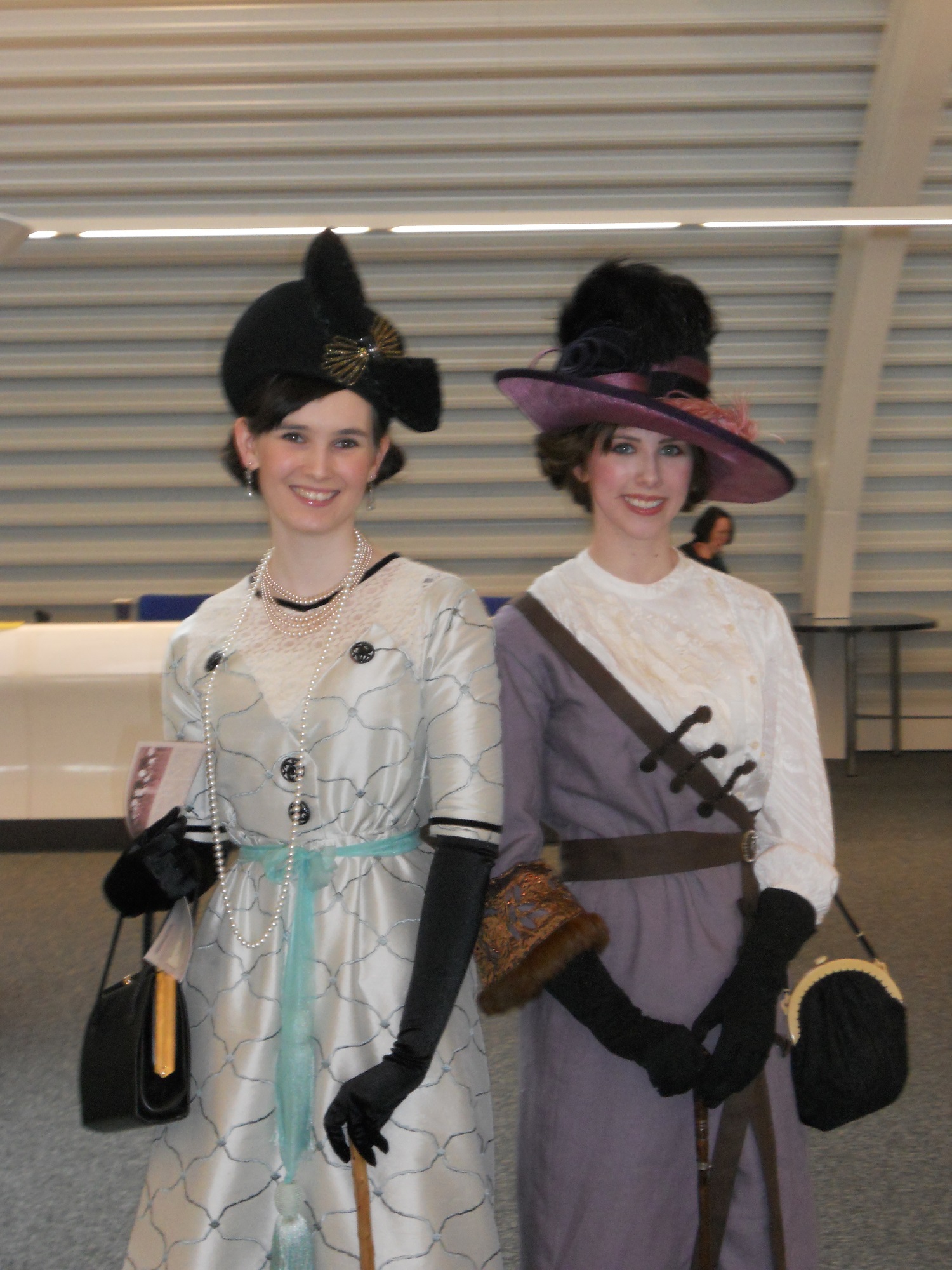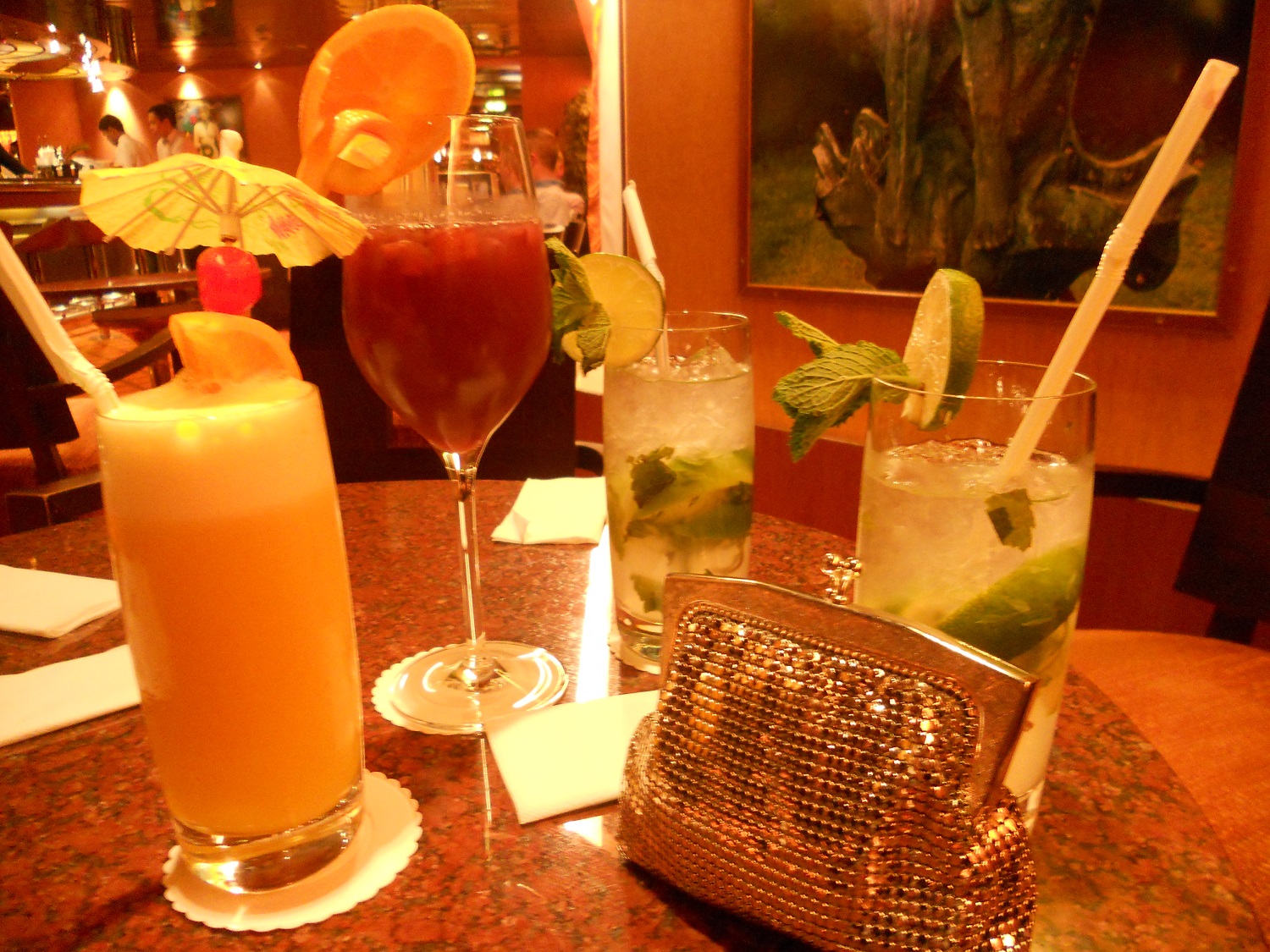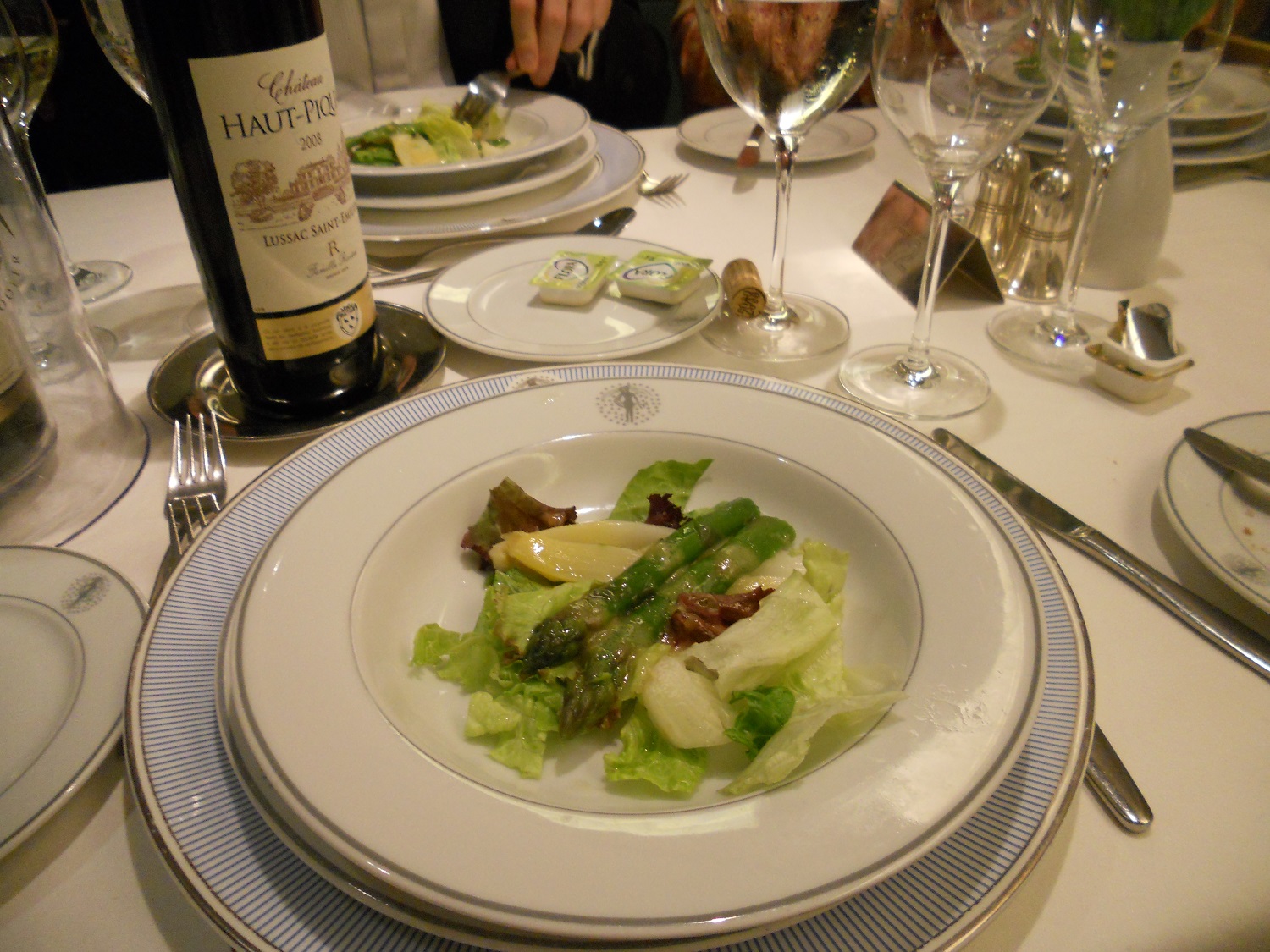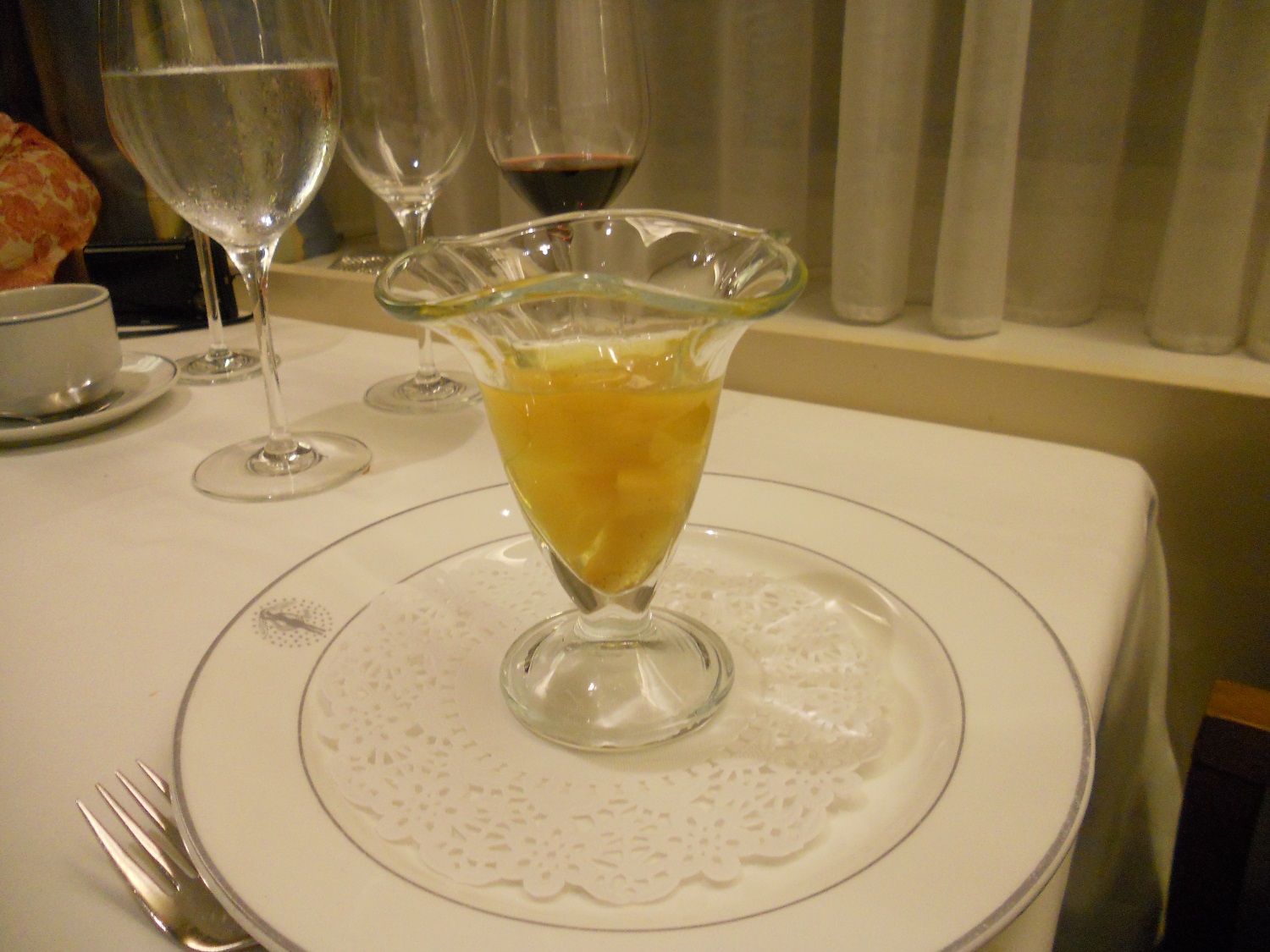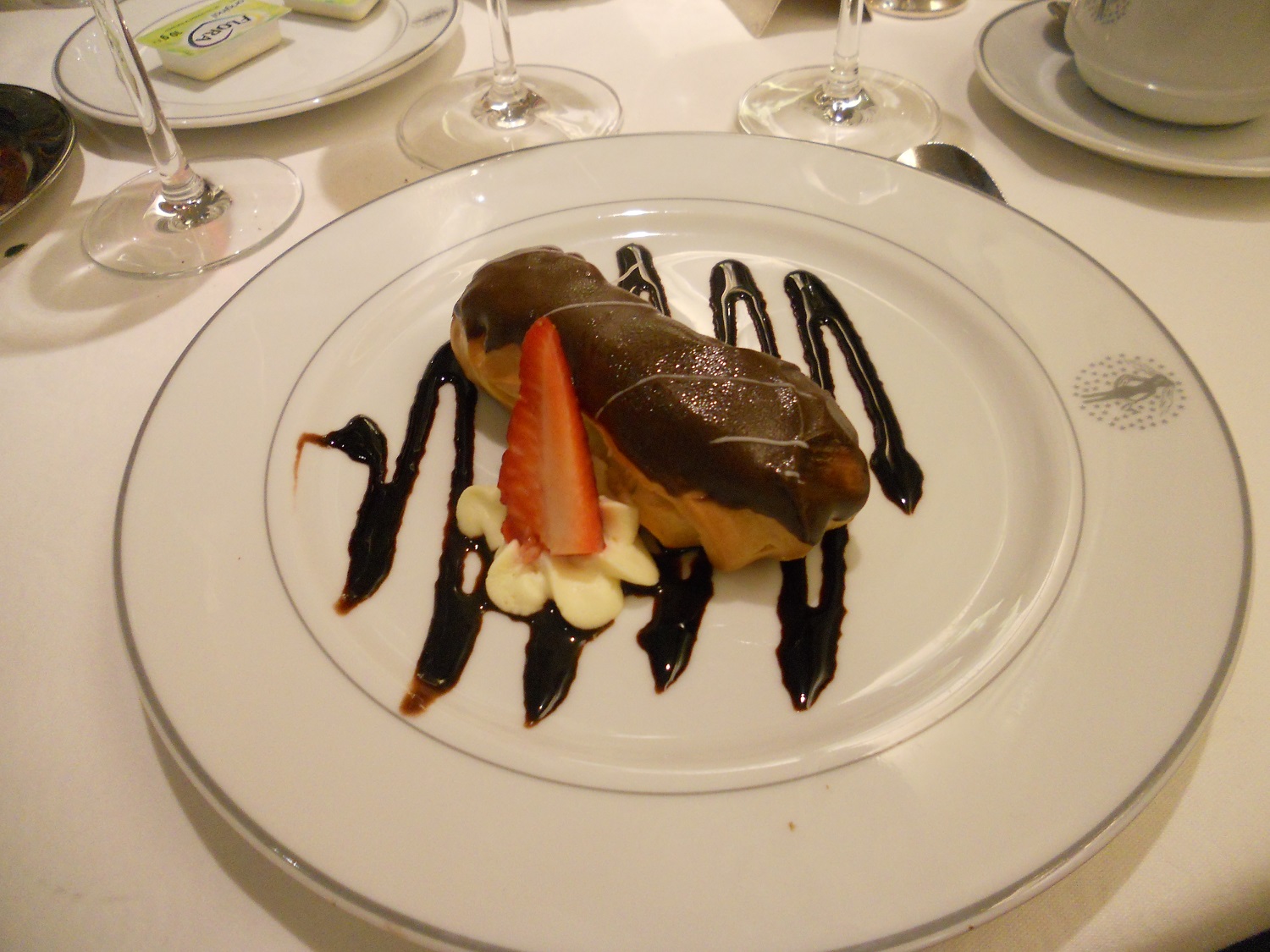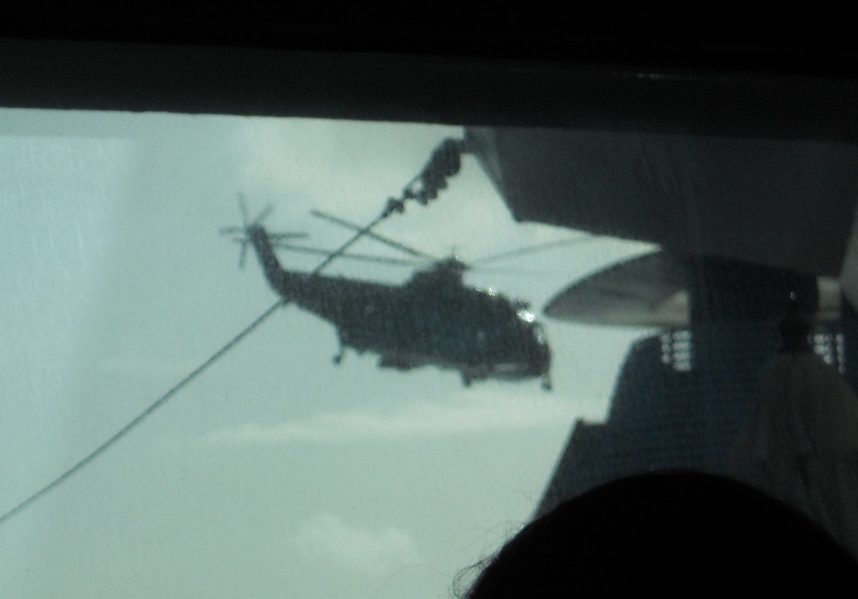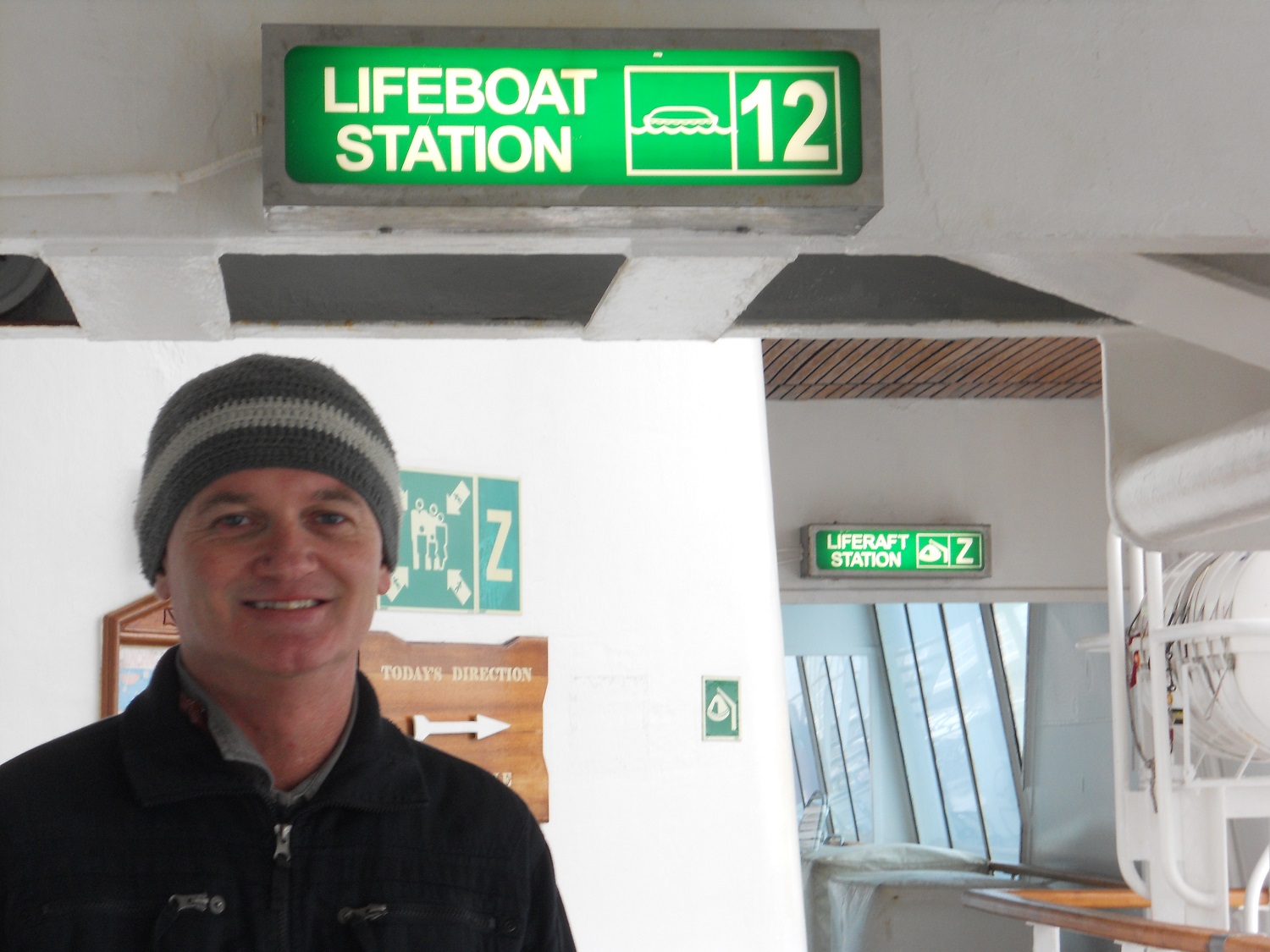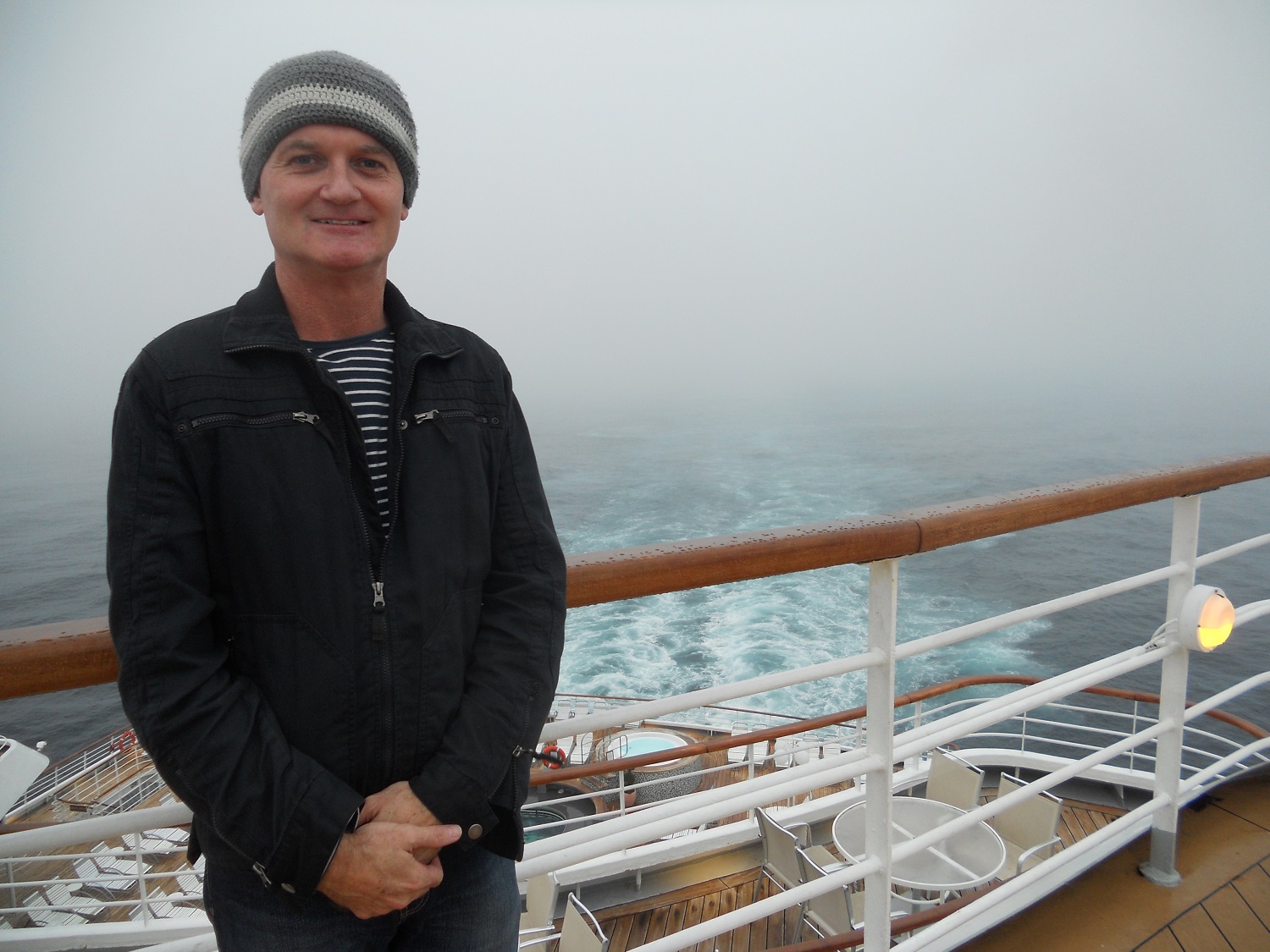
The Titanic Memorial Cruise of April 2012, conducted by the
Balmoral
of the Fred Olsen Cruise Line.
The Titanic Memorial Cruise
The Titanic sank at 2.20am on 15 April 1912. One hundred years later to the minute I stood at the rail of the Balmoral and peered down into the black water, beneath which the wreck lay. It was a hallowed place: 1500 people had died in this water. Just as on the night of the disaster, the sea was a flat calm and there was no wind, no moon and no clouds – only a blaze of stars above. It was a time to think and reflect.
Evening of 14 April 2012. Approaching the Titanic site.
11.40pm 14 April 2012. At the site. Beneath this water lies the Titanic,
A few hours later I spoke via satellite to Fran Kelly of ABC National Radio about the experience.
“I felt all my life, in a way, had been leading to this moment. I felt very grateful that I was there, but also very sad because I didn’t want the moment to end. I almost felt ... that this space was my space. It had been something that I had really thought about a lot all of my life and I wanted to stay there longer ... It was a very strange experience for me, a very profound experience, and one that I will never forget.”
Click here to listen to my interview with Fran Kelly.
The memorial voyage had been a great success. More than 1300 enthusiasts from around the world had retraced the Titanic’s route from Southampton to the disaster site. We had eaten Titanic food from specially-prepared menus, listened to Titanic music and some of us had worn Titanic clothes. A wide range of highly respected Titanic scholars and authors had given lectures and led seminars and discussions. The voyage had received much publicity, making headlines around the world. We had had our own adventures: the ship was battered by wild weather and a BBC cameraman fell ill and was airlifted off the ship by helicopter.
But it was those brief hours we spent above the wreck site that were the most important and the most meaningful. As we stood silently on the open decks, our ship floating quietly over the wreck site, ablaze with light in the calm darkness just as the Titanic had been one hundred years earlier, I heard people mark off to each other in reverent whispers the key moments of the sinking: ‘this was when the first lifeboat was lowered’; ‘this was when the orchestra began to play’; ‘this was when Mr Astor farewelled his wife’. I saw a distant light in the darkness and imagined it to be the Californian sitting perfectly still nearby, watching us. There was something more than nostalgia at work here: there was an aching desire to experience directly an event which until that moment we knew only as a representation – in books, in films, in the archives. The Titanic herself lay directly beneath us – shattered and broken, decaying slowly to nothingness – but curiously, wonderfully close and present. There we all stood, reliving the event, feeling once again its lessons of courage and cowardice, hubris and humility, human strength and frailty.
As I leaned over the rail to get even closer to the ship, to peer downwards and imagine it more intensely, I began to see instead her passengers and crew struggling in the water, kept afloat by their lifejackets to give them time to think and wonder. The water was black and forbidding, and it was at that moment that I truly understood what was at stake in the Californian’s story. Fifteen hundred people had frozen to death in this water, including more than fifty children. It must have been terrifying. And all the while they could see the lights of a nearby ship, tantalizingly close.
The Balmoral at the Titanic site, 14-15 April, 2012.



